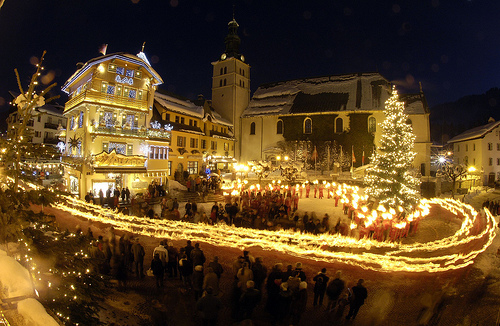Gstaad-Switzerland
Gstaad is one of the most attractive Swiss holiday regions in the Swiss alps for familiy-, skiing-, hiking- and biking-vacations, it is also surrounded by some of Switzerland’s finest alpine scenery in the south west , about two hours’ drive from Geneva or Zurich on the boundary between the Bernese Oberland and the Vaud Alpes.

